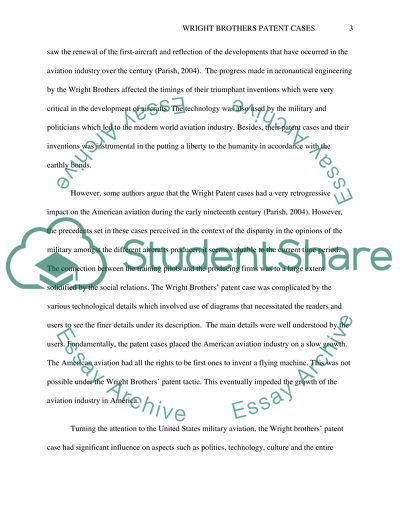Cite this document
(“Wright Brothers patent cases and influence on aviation Term Paper”, n.d.)
Wright Brothers patent cases and influence on aviation Term Paper. Retrieved from https://studentshare.org/law/1458038-wright-brothers-patent-cases-and-influence-on
Wright Brothers patent cases and influence on aviation Term Paper. Retrieved from https://studentshare.org/law/1458038-wright-brothers-patent-cases-and-influence-on
(Wright Brothers Patent Cases and Influence on Aviation Term Paper)
Wright Brothers Patent Cases and Influence on Aviation Term Paper. https://studentshare.org/law/1458038-wright-brothers-patent-cases-and-influence-on.
Wright Brothers Patent Cases and Influence on Aviation Term Paper. https://studentshare.org/law/1458038-wright-brothers-patent-cases-and-influence-on.
“Wright Brothers Patent Cases and Influence on Aviation Term Paper”, n.d. https://studentshare.org/law/1458038-wright-brothers-patent-cases-and-influence-on.


